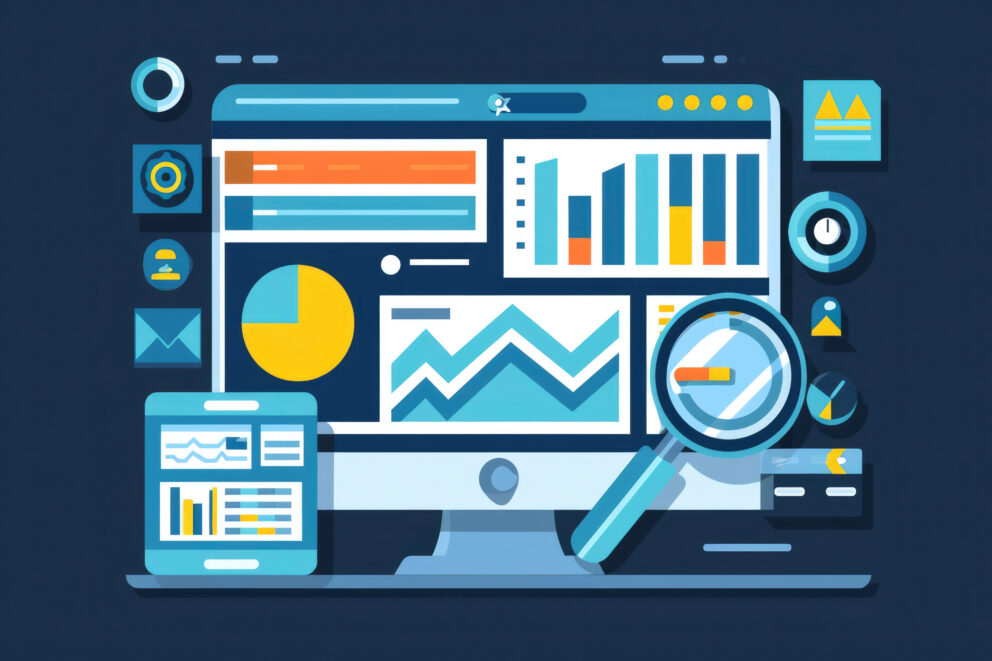Mastering Customer Engagement: Best Practices for Excelling in New Customer Marketing Nurtures

Summary
You've triumphantly sealed the deal in a B2B transaction and warmly welcomed a fresh face into your customer base. A well-crafted post-sale customer marketing plan is vital to constructing sturdy relationships, minimizing attrition, and extracting maximum lifetime value from your clientele. We'll cover ten core customer marketing best practices to harness the power of your customers and create lifetime relationships.
By Win Salyards, Senior Marketing Consultant at Heinz Marketing
Excellent! You’ve triumphantly sealed the deal in a B2B transaction and warmly welcomed a fresh face into your customer base. But don’t let the curtain fall just yet; the work has only begun. A well-crafted post-sale customer marketing plan is vital to constructing solid customer relationships, minimizing attrition, and extracting maximum lifetime value from your clientele. In the ensuing article, we’ll cover ten core customer marketing best practices to harness the power of your customers and create lifetime relationships.
1. Segment with Precision
Just like prospects, not all customers are the same. Their needs, preferences, and aspirations diverge. Before creating your post-sale email game plan, segment your customers and individual users based on industry, company size, usage scenarios, and pain points. This approach empowers you to serve bespoke content that strikes a chord with each segment.
2. Tailored Welcome Email
Make a commanding entrance with a personalized welcome email. Extend a warm address using the customer’s name, convey appreciation for their patronage, provide a concise recap of the value they stand to glean from your solution, and lay out the timeline for what’s next. Ensure to include resources that shepherd them toward the ensuing stages of the onboarding voyage.
3. Set Clear Expectations
During the email exchanges, sketch out a vision of what lies ahead in onboarding. Outline the pivotal milestones, reveal the timetable for implementation, and unfurl the umbrella of support resources at their disposal. This proactive step quells apprehensions and forestalls undue fretting about the onboarding expedition.
4. Empower with Resources
Provide pertinent resources that embolden customers to get maximum value from their partnership with you. Resources could include user manuals, video tutorials, knowledge-enriched articles, and success stories. Ensuring these resources are user-friendly in accessibility and navigation is paramount.
5. Highlight Customer Success
Nothing is more convincing than real success stories. Incorporate case studies and testimonials in your email sequence to demonstrate how your solution has positively impacted businesses similar to theirs. This builds credibility and reinforces the value proposition.
6. Interactive Onboarding Content
Consider incorporating interactive content instead of a linear email sequence. This could be in the form of quizzes, surveys, or assessments that help customers discover the features most relevant to their needs. Interactive content boosts engagement and helps customers get hands-on with your product.
7. Product Feature Spotlight
Dedicate a series of emails to highlighting different features of your product or service. Provide step-by-step instructions on how to use these features effectively to achieve specific outcomes. This helps customers realize the full potential of your solution.
8. Solicit Feedback
Midway through the onboarding journey, extend an invitation for feedback on their initial experiences. This gesture showcases your esteem for their input and presents an avenue to redress any concerns or obstacles they might have encountered.
9. Sustain and Cultivate
Post-onboarding, don’t let the dialogue fizzle. Regularly drop in on your customers through a nurturing sequence of emails. Disseminate industry insights, optimal practices, and updates about enhancements to your product. This ongoing engagement forges an unbreakable bond.
10. Reward Loyalty
As your customers continue interacting with your product, acknowledge their loyalty. Dispatch anniversary emails to celebrate their tenure with you and extend exclusive perks or markdowns as tokens of gratitude.
A meticulously composed post-sale customer marketing strategy and an onboarding welcome email sequence form the bedrock for an enduring customer relationship. By personalizing content, establishing clear expectations, furnishing resources, and fostering persistent engagement, you can weave a frictionless and enriching onboarding odyssey that ensures clients return repeatedly. Remember that the post-sale journey holds the same significance as the initial sale.






